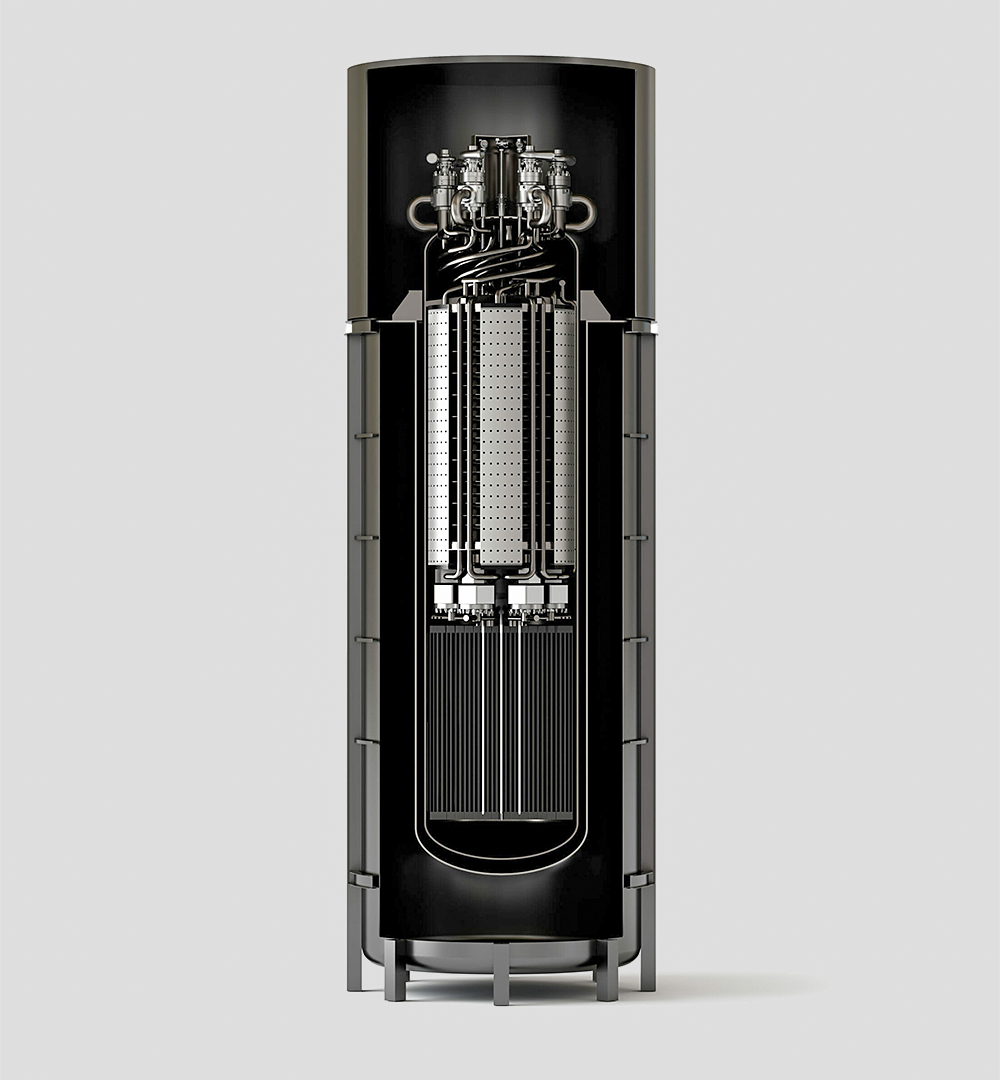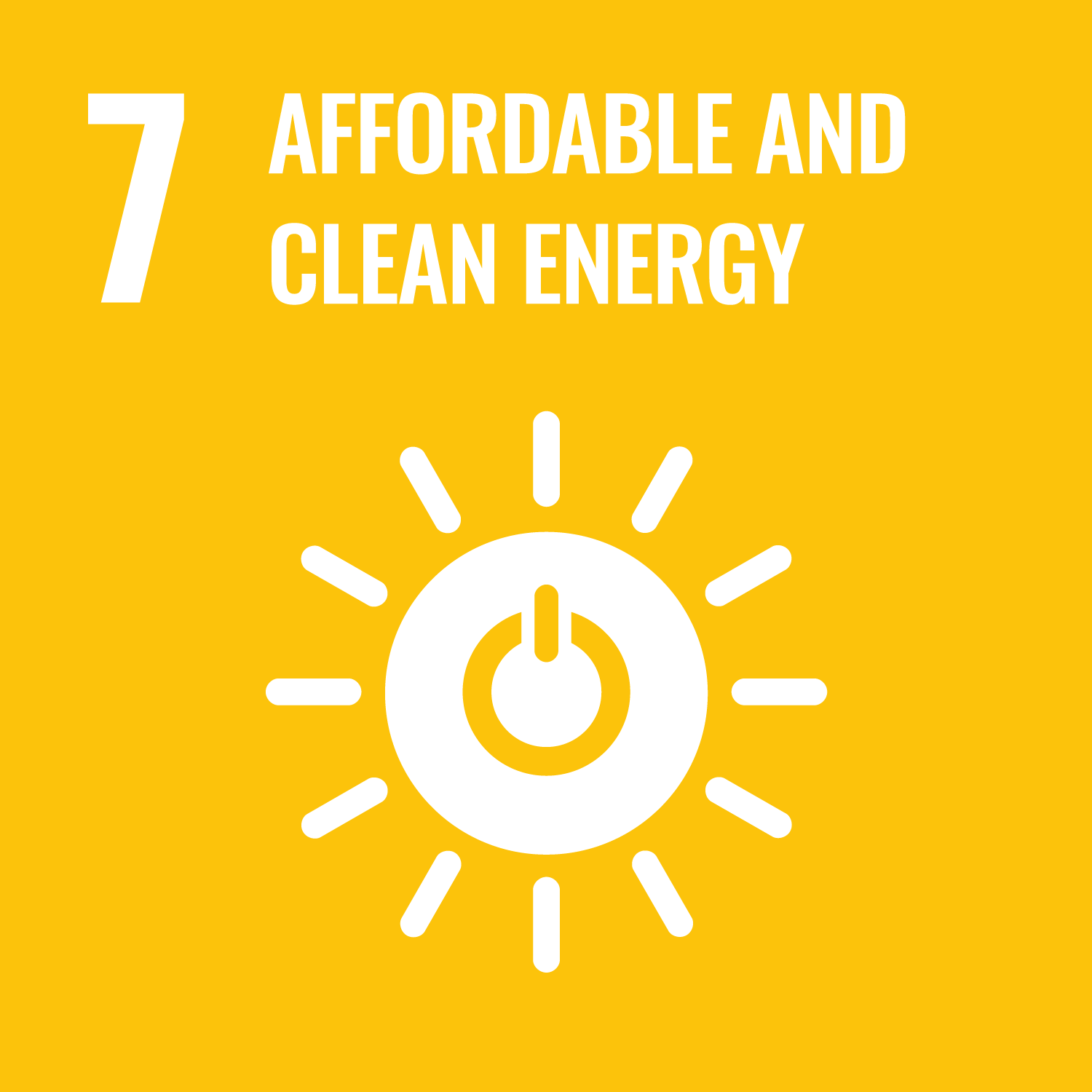One promising form of clean energy that hasn’t attracted much media attention is produced by what’s called small modular reactors (SMRs), which generate enough nuclear power to run an industrial plant or cover the energy needs of a small rural community.
At a fraction of the size of a conventional nuclear power reactor — weighing between 200 and 500 tonnes and with a capacity of up to 300 megawatts — their modules can be manufactured in a factory and later transported to the site for final assembly and installation, leading to increased efficiency and improved return on investment.
According to the International Atomic Energy Agency, these fission reactors can be installed in rural locations that aren’t suitable for larger nuclear plants, which aligns with Canada’s Energy Transition Plan and Alberta’s Strategic Plan for the Deployment of SMRs in remote communities. In some cases, says the commission, they have passive safety systems that can “eliminate or significantly lower the potential for unsafe releases of radioactivity to the environment and the public in case of an accident.”
More than 80 designs have been developed in the United States, Argentina, China, Russia, South Korea and Canada — all inching towards regulatory approval sometime this decade.
At the forefront of SMR design in Canada is Mostafa Yakout, a mechanical engineering professor at the University of Alberta, who recently received $2.5 million over the next three years from Natural Resources Canada’s Enabling Small Modular Reactors Program and related programs and industry partnerships to develop and test advanced materials for use in Canadian-made, high-performance SMRs that operate at high temperatures.
“This is a critical part of Alberta’s energy future,” says Yakout. “Nuclear is considered one of the cleanest types of energy, and Alberta is well positioned to lead the SMR effort in Canada, if not in North America.”
Yakout’s team will include U of A colleagues James Hogan (Mechanical Engineering), Jing Liu (Chemical and Materials Engineering) and Arthur Mar (Chemistry), working in collaboration with NRCan’s CanmetMATERIALS, Terrestrial Energy, Canadian Nuclear Laboratories, ATS Industrial Automation and InnoTech Alberta.
About a dozen doctoral students and postdoctoral fellows will also work on the project.
The research team will explore ways to make the containment material inside the fission reactors — which must hold up under temperatures as high as 850 degrees Celsius— less corrosive and more durable, while making manufacturing cheaper with less waste. They will begin by attempting to modify a superalloy used in conventional nuclear reactors, called Inconel 617, used to resist corrosion under extreme heat.

